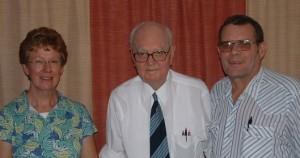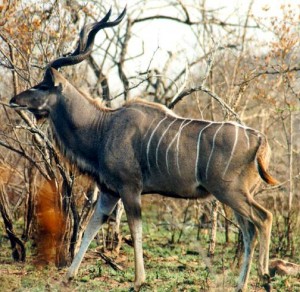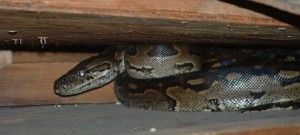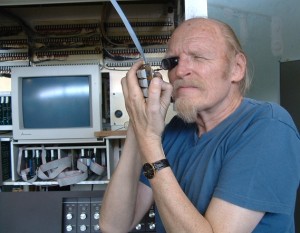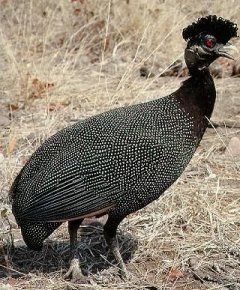The only thing done on HC100-9 yesterday was wiring the Programmable Logic Controller (PLC) to automate its operation.
Today, Steve followed up on the pulleys ordered last week to increase the speed of the blowers. He was informed that the truck had overturned in Johanesburg and that it had not arrived. Unfortunately, with former experiences I have had it sounds like an excuse for not meeting a commitment.
Today the wiring was completed, a few PLC wiring errors were corrected and preliminary tests commenced. The first problem encountered was from HC100-9 when the left driver blower quit. No voltage was measured at the blower which was finally traced to a loose terminal screw on 2A4TB8-23. Easy to solve but it took time. The filament breaker tripped at one point, but that has not reoccurred.
The next challenge happened when the filaments dropped to quarter power as the automation switched the driver off. This is because the automation ‘pushes’ enable for both ‘on’ an ‘off’ controls. Enable does not need to be pushed for ‘off’ commands and has not been a problem until the most recent version of EPROMS which allows switching to 1/4 power filaments by pressing enable and driver off simultaneously. The two older HC100s do not have the 1/4 power revision, so they ignore this command. This is one problem that needs to be sorted out by either disabling the quarter power fils in HC100-9 or reprogramming the PLC for driver ‘off’ functions.
The automation control now seems to be functioning and plans were well underway to use HC100-9 for broadcasing this evening. At the last minute, it was discovered that there is a problem with one of the automated antenna configurations required for broadcast. With not enough time to verify the configurations for all antennas before broadcasts began, it was decided to give the old 100kw Continental a reprive to remain in service for another night.
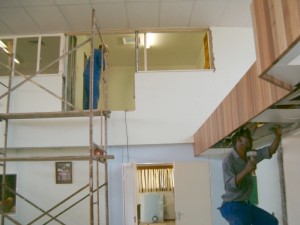
Mbusi makes opening and Aaron removes door frame
Several other projects are taking place in the transmitter hall, with a wall being knocked out and a door frame moved in preparation for installation of a ice chiller system to be installed. This system will allow for formation of ice and cold water during offpeak hours to use for cooling the transmitter hall air during broadcasting hours. Part of the system will incorporate the large heat exchanger used on the 100kw Continental.
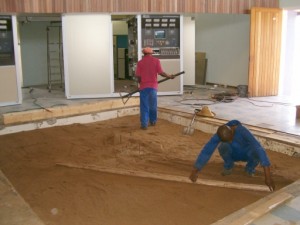
Leveling the tamped sand and ready for concrete
Another project is filling in the 12 foot X 15 foot X 24″ deep ‘pit’ that used to be under the old control room in the middle of the transmitter hall floor. It had been used as a means to bring ‘cool’ air from the shady side of the building into the control room and for easy access for wiring to the transmitters, to the bank of 12 large reel tape machines and to the manual audio board. As a result over one hundred wheelbarrows of sand were wheeled into the building and tamped firmly in preparation for pouring a slab for a new floor in that area.
No animal stories for today except for the usual cattle on the site road. On the way out, one adolescent calf decided to run down the road in front of us and crossed the road three times before finally deciding to stay off to one side and let us pass. It is usually the calves that drivers have to observe most closely. Its too bad their mothers don’t train them to look both ways before crossing the road!

